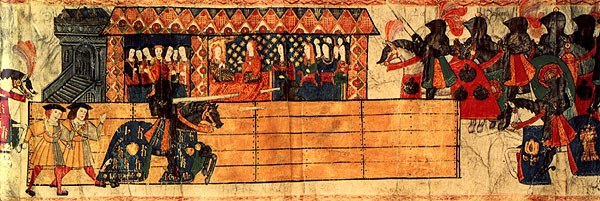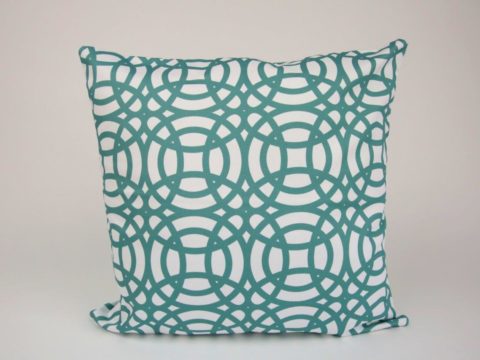Ladies and gentlewomen who served the queens
Chapter 3 : Gaining a Place
The number of attendants a queen consort had was regulated, and there was a good deal of competition for places. Similarly, the number of attendants her own ladies could have was also limited. We know a good deal about the appointment of Queen Jane Seymour’s attendants from a series of documents amongst the Lisle letters.
Lady Lisle, whose husband, Arthur Plantagenet, Viscount Lisle, was Deputy of Calais, was eager for her daughter, Anne, to have a place at court. Lisle was Elizabeth of York’s half-brother, and had always been on good terms with his nephew, Henry VIII. Honor Lisle was from a Cornish gentry family, who had first come to court in her mid-thirties when she married Lisle as his second wife. She also had four daughters by a first marriage. Lady Lisle was one of Anne Boleyn’s attendants on the aforementioned trip to Calais.
In 1536, when Jane Seymour became Queen, Lady Lisle petitioned a number of her friends to find Anne a place. This was a perfectly normal way to go about the business – everyone asked for positions for their friends and family. Lady Lisle was lucky in that she was a friend of Lady Rutland, one of Jane’s senior ladies, and the aunt of Mary Arundell, then a maid-of-honour, but shortly to be promoted when she married the Earl of Sussex. Initially, the ladies advised that Anne was too young, so Lady Lisle put forward an older daughter, Katherine. But to no avail – Queen Jane already had a full complement of staff. If she had the same number as the Henry’s first and last wives, her full retinue would have been thirty-three.
A year later, after the queen had been buttered up with presents of quail that she craved during her pregnancy, she declared that she would meet both girls, and give a position to the one she liked better, once she had seen their ‘manners, fashions and conditions’. The girl not chosen could join Katherine Willoughby, Duchess of Suffolk. Lady Lisle was not too pleased at this idea – Lady Suffolk was only seventeen, probably not the best guide for a young woman.
Katherine and Anne were sent to Jane, and after a few days she chose Anne. Jane, brought up in a family not dissimilar in social standing from the Bassets, had decreed that nothing need be spent on the girls until she had chosen, only two complete changes of clothes need be given to them, one of satin and the other of damask.
After the scandal of Anne Boleyn’s court Jane was determined to introduce a far more sedate atmosphere. Whilst Anne was almost certainly not guilty of the charges of adultery brought against her, her over-familiarity with her gentlemen made the charges at least plausible. Anne Basset was urged to be ‘sober, sad, wise and discreet…’ She and Katherine were to be obedient and ruled entirely by Lady Rutland and Lady Sussex.
The less favoured Katherine did not join Lady Suffolk. She expressed a wish to join the household of Lady Mary, Jane’s step-daughter, but Lady Mary could not help – she said she already had her full complement of attendants. Katherine stayed with Lady Rutland.
Once appointed, the new maid would swear an oath of allegiance to her mistress and would be obliged to understand and abide by the Household Ordinances, which prescribed rules of conduct, including refraining from quarrelling and fighting. The queen would provide wages - £10 per annum for a maid-of-honour and livery. Typically, the livery would include a symbol representing the queen or the royal initials. Each maid had to provide her own bed-linen, and was to have a single waiting woman of her own.
Board was provided to the queen’s attendants – bread and ale for food not taken in the communal Great Hall, together with torches, candles and kindling in winter.
Following Jane’s death, both Basset sisters found places under Anne of Cleves, Anne whilst she was Queen, and Katherine following the divorce. Anne Basset went on to serve Katheryn Howard and Katherine Parr, and finally Queen Mary, as a Lady of the Privy Chamber. She was married in 1554, in the queen’s own chapel, but died in 1557.









